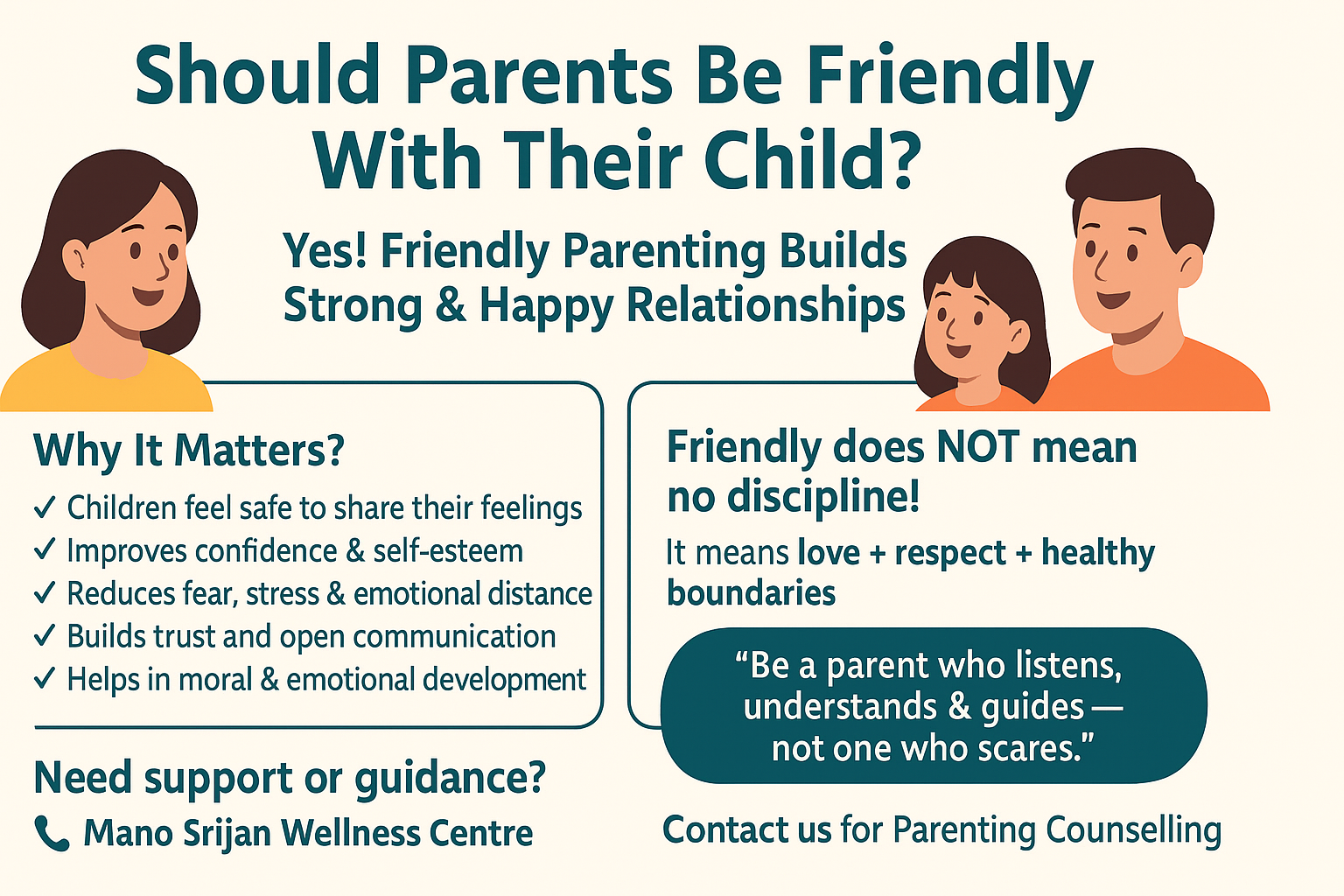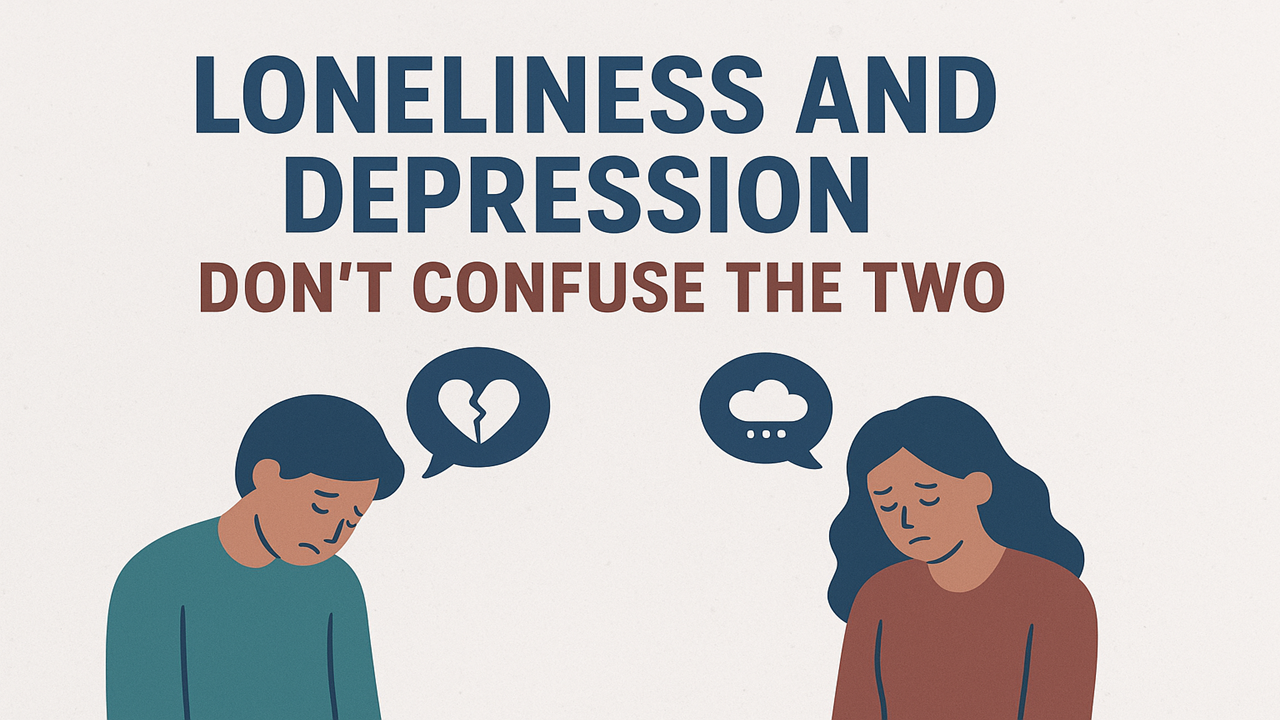
- 22 Mar 2025
- Ekta Shukla
Breaking the Chains of Depression: A Real-Life Journey to Healing
Depression is often misunderstood in our society. Many perceive it as mere sadness, a phase that will pass with time. However, it is a serious mental health condition that requires proper attention, support, and treatment. This case history, inspired by real-life experiences, illustrates how counselling and psychotherapy can help individuals struggling with depression.
Case History: A Silent Cry for Help
A 30-year-old man, working in a reputed IT company, approached a counselling centre with persistent feelings of sadness, loss of interest in daily activities, and a sense of worthlessness. For over a year, he had been experiencing fatigue, frequent headaches, and disturbed sleep. His work efficiency declined, and he began avoiding social interactions, including family gatherings. His appetite fluctuated, leading to noticeable weight loss. He often felt hopeless about the future and had occasional thoughts of self-harm.Background and Triggers
Upon detailed assessment, it was revealed that his struggles began after the sudden demise of his father. As the eldest son, he was burdened with responsibilities, including financial pressures and emotional support for his family. He suppressed his grief, believing that showing emotions would make him appear weak. The increasing work stress, coupled with an unsupportive work environment, added to his emotional turmoil. His personal relationships suffered as he became irritable and withdrawn.Intervention through Counselling and Psychotherapy
A structured counselling plan was designed for him, incorporating Cognitive Behavioral Therapy (CBT) and supportive psychotherapy. The sessions focused on:- Emotional Expression: Encouraging him to acknowledge and express his emotions rather than suppressing them.
- Cognitive Restructuring: Identifying and challenging negative thought patterns, replacing them with positive and realistic perspectives.
- Stress Management Techniques: Teaching relaxation exercises, mindfulness, and deep breathing techniques to manage stress effectively.
- Behavioral Activation: Gradually engaging him in activities he once enjoyed, helping him regain interest and motivation.
- Strengthening Social Support: Encouraging him to reconnect with friends and family for emotional support.
Outcome and Recovery
With consistent therapy and lifestyle modifications, his condition improved significantly over three months. He reported better sleep, reduced anxiety, and a renewed sense of purpose. His work performance improved, and he resumed social interactions. He learned to set realistic expectations and delegate responsibilities. The thoughts of self-harm faded as he embraced a healthier mindset.Conclusion: Breaking the Stigma
Depression is treatable, yet many hesitate to seek help due to societal stigma. This case highlights the power of therapy in transforming lives. It is crucial to recognize early signs, offer support, and encourage professional help. Mental health is as important as physical health, and seeking help is a sign of strength, not weakness.
If you or someone you know is struggling with depression, do not hesitate to seek professional support. Help is available, and recovery is possible.
*There is no relevance of this case with real person. Its just an imaginary case for the purpose of psychoeducation






